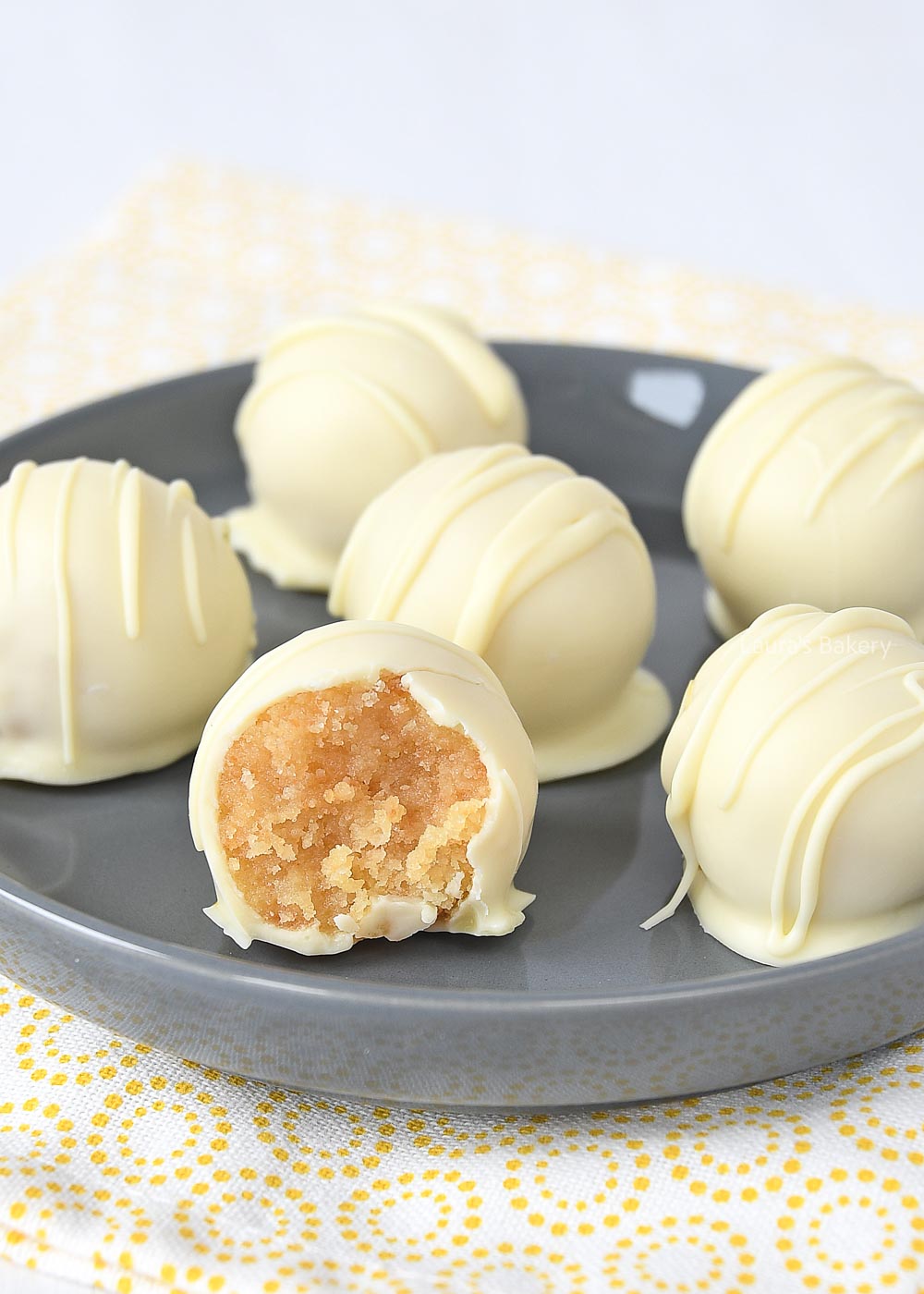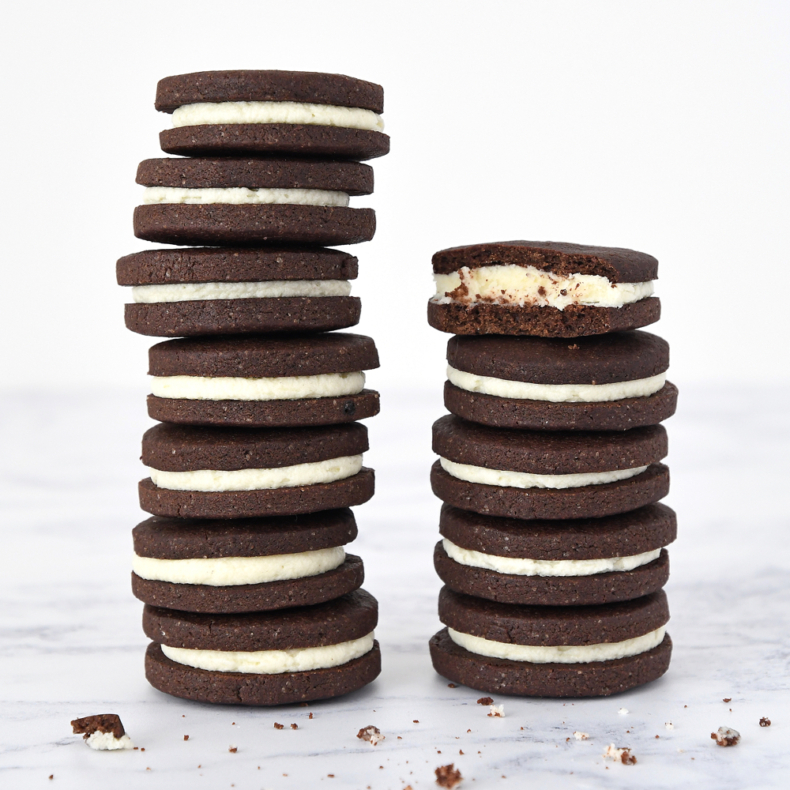With or without a thermometer
There are two ways to temper your chocolate: with or without a thermometer. Without a thermometer, the tempering process is a little less fiddly and therefore easier, but because you can’t be sure of the exact temperature, there’s a chance it won’t be quite right.
Nevertheless, I almost always opt for the tempering method without a thermometer. I do this by melting part of the chocolate and then adding the rest. This is also called the seeding method. When I first started using this method it didn’t always work, but now that I got the hang of it it hardly ever goes wrong.
With a little practice you get to know how chocolate behaves and you will know when it has just the right temperature. Of course there are a couple of tips and tricks on how to get this right. I’ll explain below.
Au bain marie/double boiler
First you start by dividing the chocolate into three separate parts. Melt two of them at a time and add the last one later to lower the temperature. Due to the different temperatures of the chocolate, the mixture will cool down.
Chocolate can be melted in a double boiler or in the microwave. Different types of chocolate will react different. Milk and dark chocolate are easier to melt than white chocolate. This is because white chocolate is sensitive to heat. If it gets too hot, it burns and becomes grainy. In the microwave, I always melt the chocolate in 10-second intervals in a microwave-safe bowl, so you can keep an eye on it and make sure it doesn’t go too fast and get too hot.
Of course, you can also melt the chocolate in a double boiler, just make sure the bowl does not touch the water and keep a close eye on it. For any type of chocolate, stop heating as soon as it is completely melted.
For a microwave you can use a glass bowl, for melting it in a double boiler you can use either a glass bowl or a heat proof bowl
Make sure the first part of the chocolate is completely melted before you add the remaining chocolate. The extra chocolate will bring down the heat of the already melted part which brings the temperature down and repairs the crystals.
Keep stirring until all chocolate has melted and is at the right temperature.









